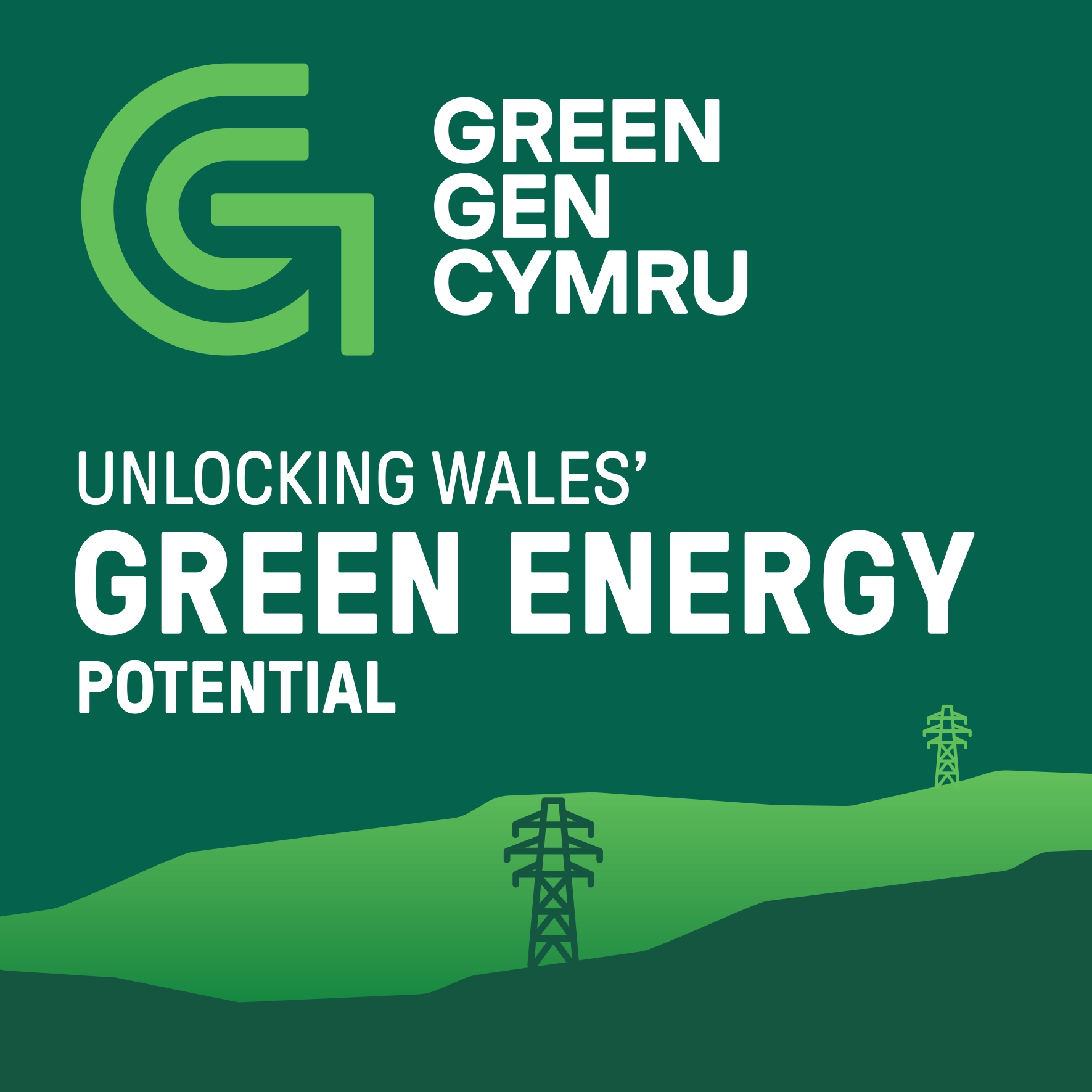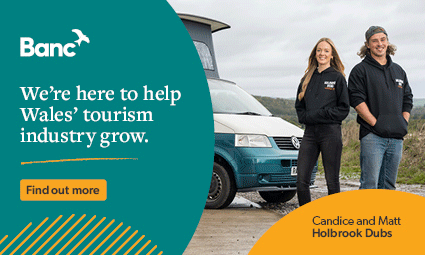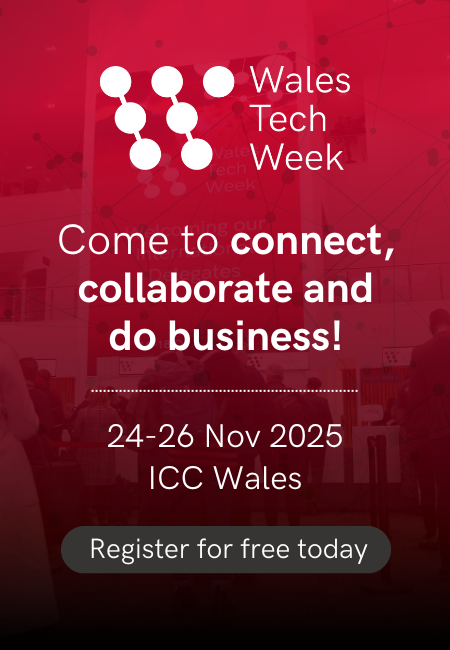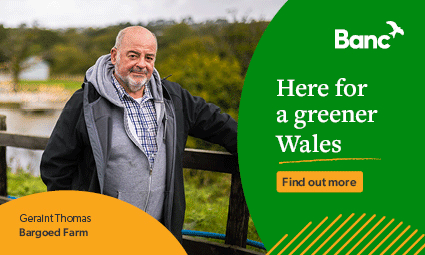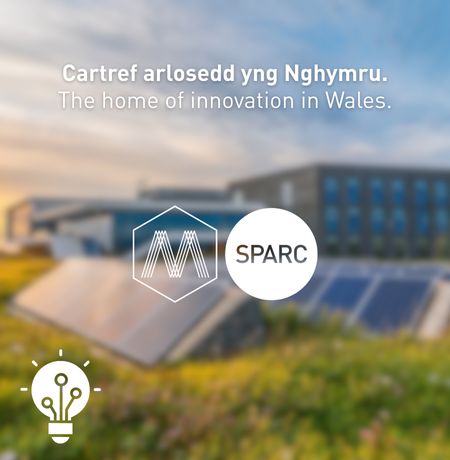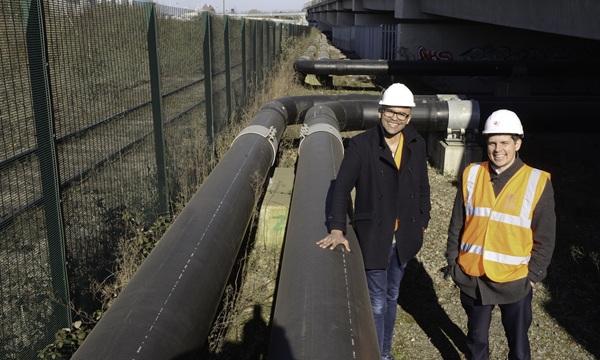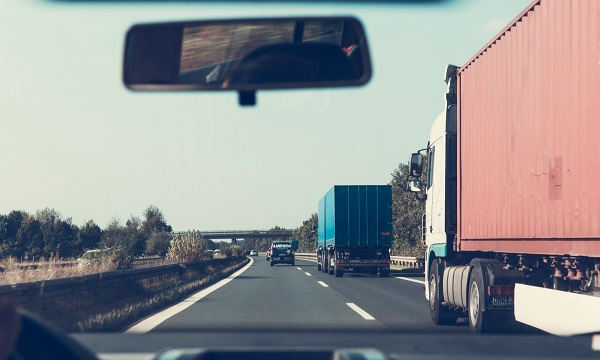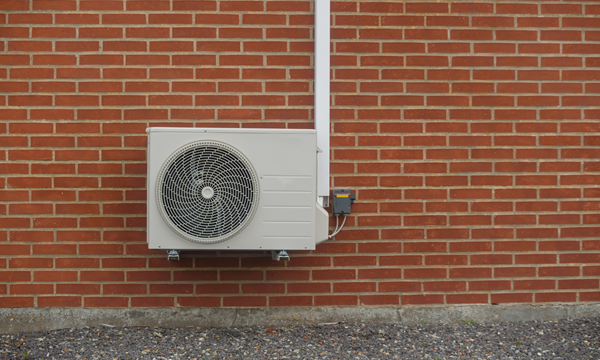
GUEST COLUMN:
Eoin Bailey
UK Innovation Manager & Circular Economy Lead
7 Steel UK
We talk a lot about carbon. Every project, every policy, every procurement process is now measured by how much carbon it emits. But in doing so, we’ve created a system that only accounts for the negative – we measure what we want to reduce, not what we want to grow.
If Wales is to lead the way in building a circular economy, that has to change.
At 7 Steel UK, we use an electric arc furnace to transform scrap metal from across the UK into new, high-quality steel. It’s a process that delivers up to 80% lower CO₂ emissions compared to traditional blast furnaces – but that figure alone doesn’t capture the real value of what’s happening. What matters is not just what’s avoided, but what’s created: new materials, new capability, new opportunity.
Right now, the system doesn’t measure that. Our environmental product declarations quantify our emissions – 374 kilograms of CO₂ per tonne of steel – but they don’t account for the positive impact of keeping valuable resources in circulation. The life-cycle assessments used across the construction sector are still built around linear thinking. They recognise waste and emissions, but not the worth of what’s being reused.
That’s where the change must start.
Wales is already in a strong position. Through the Wellbeing of Future Generations Act, we have a world-leading framework that puts long-term sustainability at the centre of decision-making. But if we are serious about becoming a circular nation, we need to start measuring success in a different way, one that recognises the value of materials, skills, and manufacturing capability already in our economy.
Take steel. The UK generates around 10 to 12 million tonnes of scrap metal every year, yet more than 80% of it is exported, mainly to countries like Turkey, China and Egypt, before often returning here as finished products with a higher carbon footprint. By keeping that material in circulation at home, we can strengthen local supply chains, create skilled jobs and cut emissions all at once.
Our Cardiff plant processes 1.2 million tonnes of scrap annually, turning it into steel used in major construction and infrastructure projects across the UK and Ireland. With the addition of another electric arc furnace at Tata in Port Talbot, Wales will soon have the capacity to use an additional three million tonnes of scrap, transforming a waste stream into a national asset.
That is circularity in action.
But for this model to thrive, we must build the right incentives around it. Measuring only carbon discourages investment in industries that are part of the solution. If we simply tax high emitters without recognising their potential to drive circular growth, we risk losing manufacturing capability altogether. Instead, we need a system that values what’s already here – the resources, skills and knowledge that can anchor a circular economy in Wales.
Circularity isn’t just about recycling; it’s about rethinking the economics that sit beneath everything we do. GDP measures output. Carbon accounting measures reduction. Neither captures regeneration – the value that comes from doing things differently.
Wales is small enough to collaborate, yet large enough to deliver change at scale. With the right metrics and procurement policies in place, we can link the ambitions of the Wellbeing of Future Generations Act to tangible outcomes: building schools, hospitals and infrastructure using materials and expertise sourced locally.
The tools are already here. What’s missing is a framework that recognises and reports the value of circularity, not just its absence of harm. Once we start to measure that, we can begin to realise the true economic opportunity of a circular Wales.
Eoin Bailey talks about this and more in the Green Economy Wales podcast episode Unlocking Wales’ Circular Economy Potential. Listen to the podcast here.

